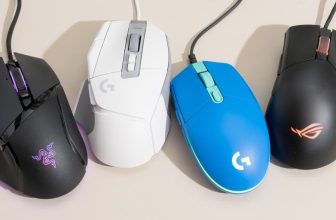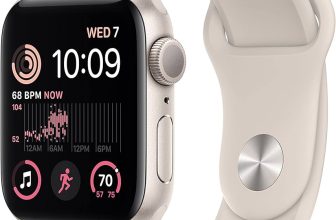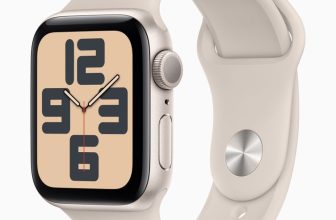Best Camera for Drone : Capture Breathtaking Aerial Shots
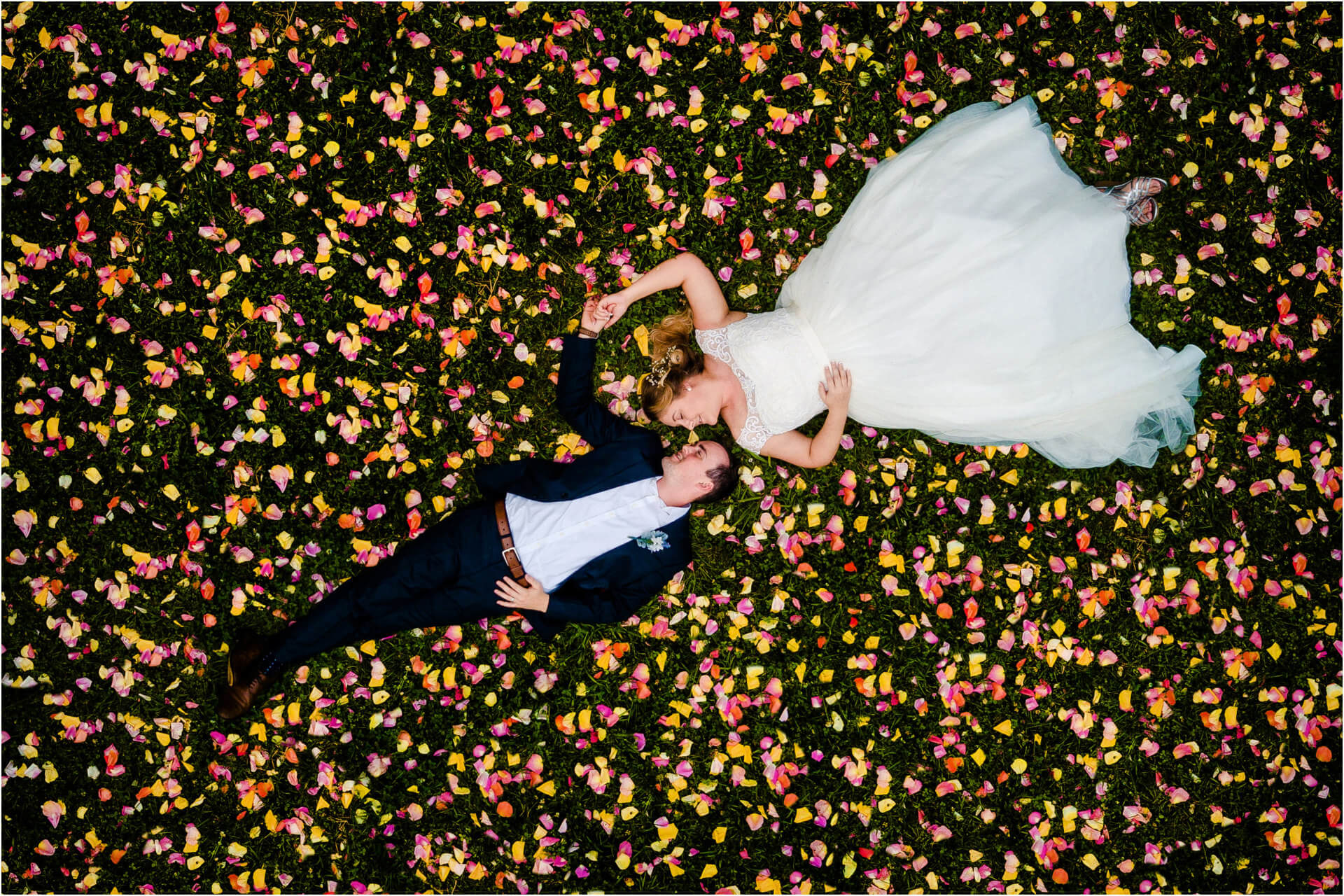
The DJI Mavic 2 Pro is the best camera for drones with its Hasselblad camera and 1-inch sensor. It provides stunning aerial photography and videography capabilities.
When it comes to capturing breathtaking shots and videos from above, having the right camera on your drone is essential. The DJI Mavic 2 Pro stands out as a top choice for drone enthusiasts and professionals alike. With its Hasselblad camera and 1-inch sensor, this drone offers unparalleled image quality and clarity.
Whether you’re shooting landscapes, events, or action scenes, the Mavic 2 Pro delivers impressive results. We’ll explore why the DJI Mavic 2 Pro is considered the best camera for drones and how it can take your aerial photography to new heights.

1. High-quality Imaging with Best Camera for Drone
1.1 Image Sensor Technology
The camera of a drone with advanced image sensor technology captures clear images.
The sensor determines image quality by capturing light variations accurately.
High-grade sensor technology ensures sharp and vibrant photo results.
1.2 Lens Quality
The lens quality plays a crucial role in producing clear and detailed images.
A high-quality lens ensures sharpness and minimal distortion in images.
With premium lens quality, drone cameras deliver stunning aerial shots.
2. Stabilization And Gimbal
When it comes to drones, the stabilization and gimbal are crucial components for capturing smooth and steady aerial footage.
2.1 3-axis Stabilization
3-axis stabilization is essential to minimize motion blur and vibrations in your footage.
- Reduces shake during flight.
- Ensures steady and clear shots.
- Improves overall video quality.
2.2 Gimbal Control
Gimbal control allows you to adjust the camera angle mid-flight for versatile shots.
- Enhances your creative possibilities.
- Offers smooth panning and tilting.
- Helps maintain a level horizon.
3. Durability And Weather Resistance with Best Camera for Drone
When it comes to choosing the best camera for your drone, durability and weather resistance play a crucial role. A high-quality drone camera must be able to withstand various weather conditions and outdoor elements, ensuring reliable performance in any environment. Let’s explore the key aspects of durability and weather resistance in drone cameras.
3.1 Waterproofing
Waterproofing is essential for a drone camera, as it protects the internal components from water damage, allowing the camera to function seamlessly in wet or humid conditions. A camera with effective waterproofing capabilities provides peace of mind when flying in rainy or misty weather, ensuring consistent performance without compromising image quality.
3.2 Rugged Construction
Rugged construction is another vital feature to consider, as it determines the camera’s ability to endure rough handling and impacts during outdoor use. Cameras with sturdy, rugged construction are less prone to damage from accidental bumps or falls, making them ideal for adventurous aerial photography and videography in challenging terrains.
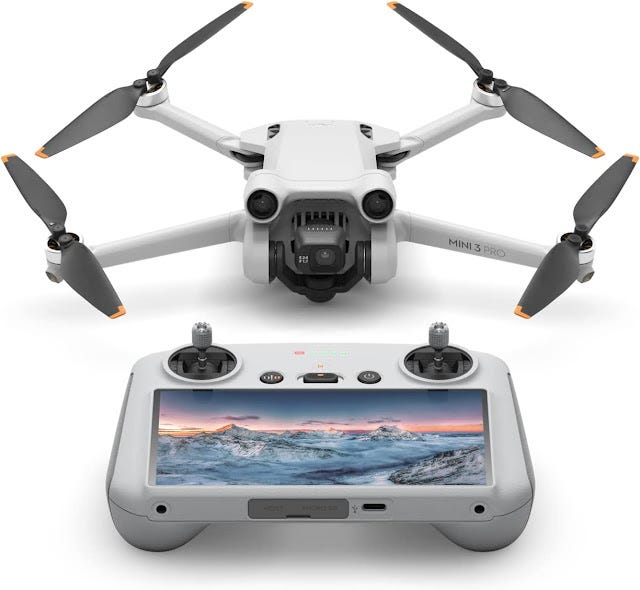
4. Wireless Connectivity
When it comes to choosing the best camera for your drone, wireless connectivity is a crucial feature that cannot be overlooked. With wireless connectivity, you can effortlessly control your drone and stream live footage without the hassle of cables or cords.
4.1 Transmission Range
One important aspect to consider in wireless connectivity is the transmission range. The transmission range determines how far your drone can be from the controller or device before the signal starts to weaken or get lost. A larger transmission range allows you to explore more extensive areas and capture stunning aerial footage.
Some drones offer an impressive transmission range of up to 7 kilometers, while others may have a more limited range of just a few hundred meters. Depending on your needs and preferences, it’s essential to select a camera drone that provides a transmission range suitable for your intended usage.
4.2 Low-latency Streaming
Low-latency streaming is another crucial aspect of wireless connectivity to consider. It refers to the ability of your camera drone to stream live video with minimal delay. This feature is essential for a smooth and immersive flying experience.
A camera drone with low-latency streaming allows you to see what your drone sees in real-time, making it easier to capture precise shots and navigate obstacles. Whether you’re capturing breathtaking landscapes or filming fast-paced action, low-latency streaming ensures you won’t miss any crucial moments.
To achieve low-latency streaming, drones usually make use of advanced transmission technologies, such as OcuSync, Lightbridge, or DJI’s own enhanced Wi-Fi technology. These technologies minimize the delay between the camera feed and the live video display, providing you with a seamless flying and filming experience.
In conclusion, the wireless connectivity of a camera drone plays a vital role in its usability and performance. By considering the transmission range and low-latency streaming capabilities, you can choose a camera drone that meets your needs and allows you to capture stunning aerial footage effortlessly.
5. User-friendly Features
When it comes to choosing the best drone camera, user-friendly features can make all the difference. The last thing you want is to be bogged down by complicated controls and confusing menus. That’s why we’ve carefully selected drones with intuitive interfaces and automated flight modes, ensuring a hassle-free flying experience. In this section, we’ll delve into the specifics of these user-friendly features and how they enhance your aerial photography and videography.
5.1 Intuitive Interface
An intuitive interface is essential for a seamless drone flying experience. With a well-designed user interface, you can easily navigate through the camera settings and control the drone’s movements without any hassle. The best drone cameras feature simple and straightforward menus, making it easy for even beginners to operate. You’ll find options neatly organized and labeled, allowing you to quickly access essential functions such as exposure settings, white balance, and resolution.
5.2 Automated Flight Modes
Having automated flight modes takes your drone photography and videography to new heights by enabling you to capture stunning shots effortlessly. These intelligent integrated flight modes offer incredible convenience and endless creative possibilities. Whether you’re looking to capture aerial panoramas, follow subjects, or perform complex camera movements, these modes allow you to achieve professional-level shots with just a few taps on your controller.
Let’s take a look at some of the most popular automated flight modes:
- Follow Me: With this mode, the drone autonomously tracks and follows a subject, whether it’s a moving vehicle, a person, or even an animal. This is perfect for capturing dynamic footage while staying hands-free.
- Orbit: In this mode, the drone circles around a subject, keeping it at the center of the frame. It’s a fantastic way to create captivating 360-degree videos and photos, adding a cinematic touch to your shots.
- Waypoint Navigation: Waypoint navigation allows you to plan a flight path by selecting specific points on a map. The drone will then follow the designated route, allowing you to focus on capturing the perfect shot.
- Aerial Panorama: This mode automatically captures and combines multiple photos to create breathtaking panoramic shots from the air. It eliminates the need for manual panning, allowing you to achieve seamless and evenly exposed panoramas.
With these automated flight modes, you can take your creativity to new heights without the need for extensive piloting skills. Whether you’re a beginner or an experienced drone pilot, the intuitive interfaces and automated flight modes of the best drone cameras will undeniably enhance your aerial photography and videography.
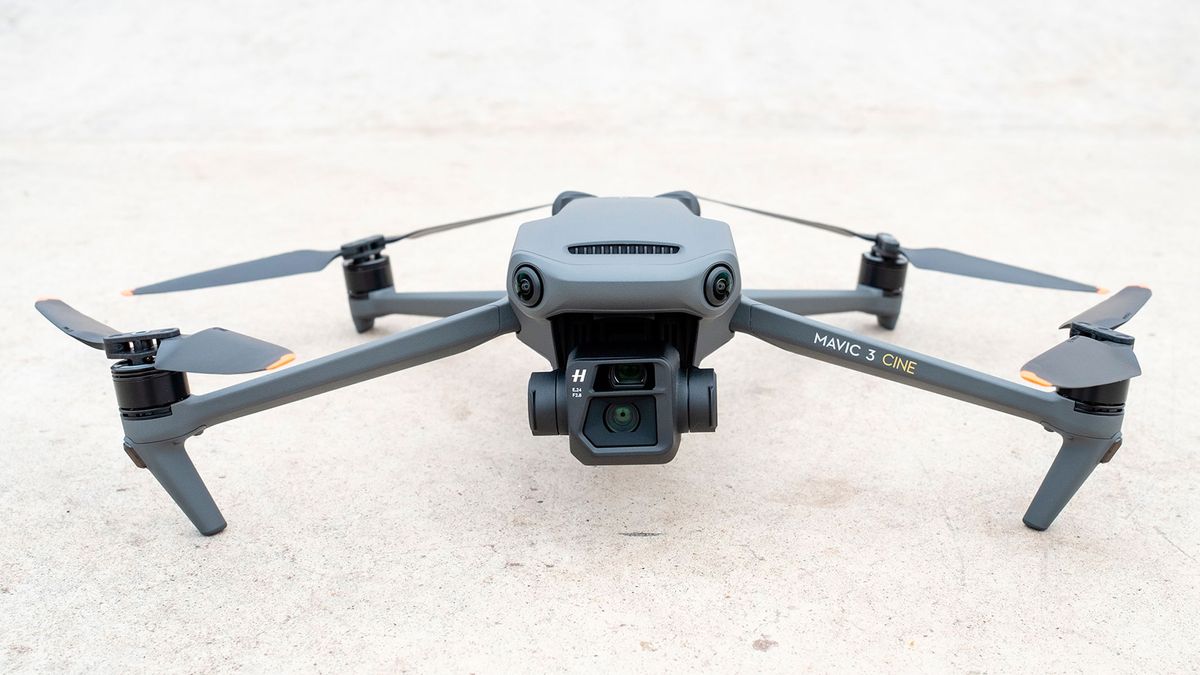
Frequently Asked Questions Of Best Camera For Drone
What Is The Best Camera For A Drone?
The best camera for a drone depends on your specific needs and budget. Some popular options include the DJI Phantom 4 Pro, GoPro Hero 8, and DJI Mavic 2 Pro. Consider factors like image quality, stabilization, and drone compatibility when choosing the right camera for your drone.
How Does The Camera Quality Affect Drone Footage?
The camera quality has a significant impact on the footage captured by a drone. Higher-quality cameras with larger sensors and better image stabilization produce sharper and more detailed footage. This allows for better image clarity, improved color accuracy, and smoother video recordings.
Can I Use Any Camera With A Drone?
Not all cameras are compatible with drones. Most drones have specific mounting mechanisms and requirements for cameras. Make sure to choose a camera that is compatible with your drone model and can be securely attached. Additionally, consider the weight and size of the camera to ensure it doesn’t affect the drone’s stability and flight capabilities.
Conclusion
Choosing the best camera for your drone is imperative for capturing stunning aerial imagery. By considering factors like resolution, stabilization, and compatibility, you can elevate your photography and videography skills. With the right camera, you can take your drone flights to new heights and showcase the world from a breathtaking perspective.
Find the perfect camera to complement your drone’s capabilities and unlock endless creative possibilities.



